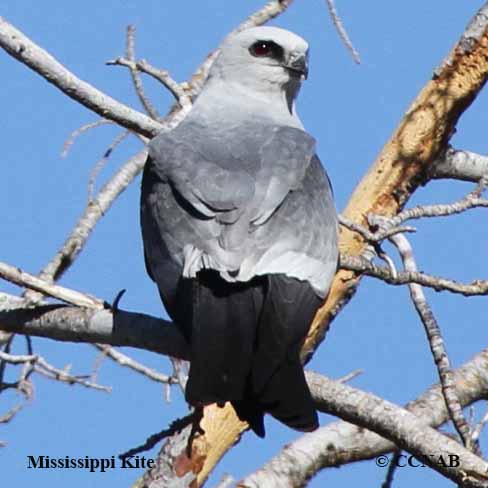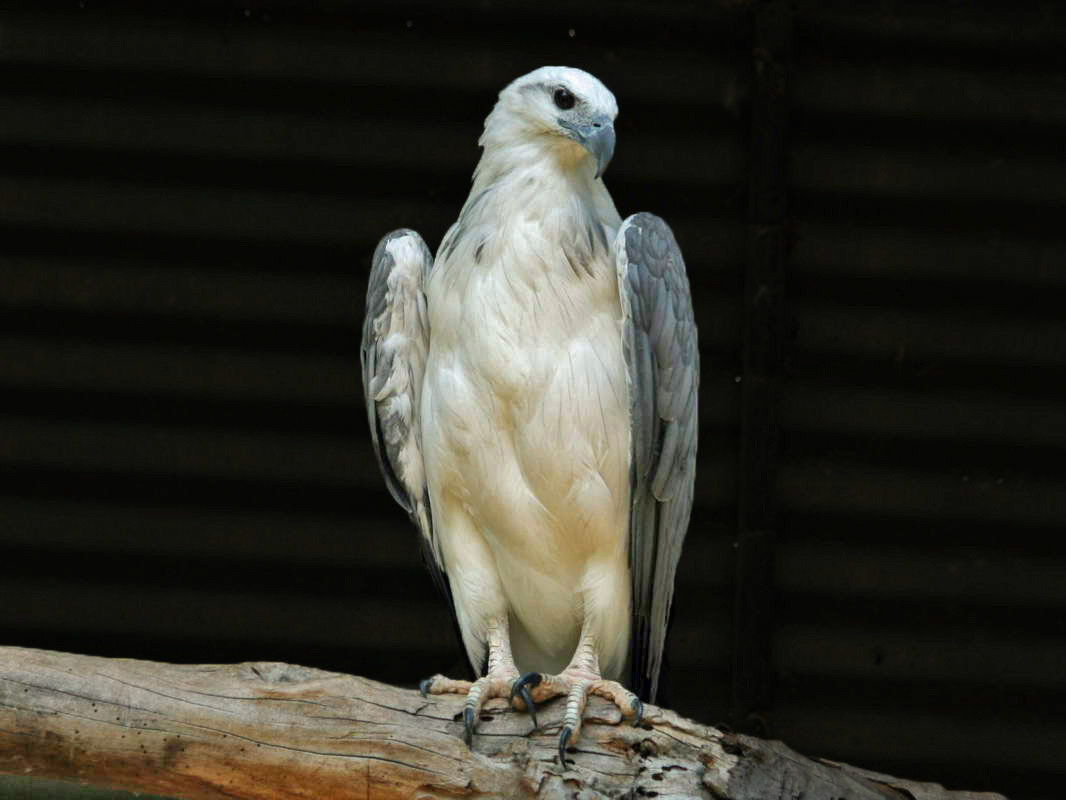

Some seem to be settling on to territories, and I’ve seen one more than a few times at the Route 70/27 intersection in Lake Placid. In one day, I saw 9 in Hendry County in various locations, then 5 together in Highlands County. White-tailed Kite Elanus leucurus As recently as the 1940s, this graceful hawk was considered rare and endangered in North America, restricted to a few sites in California and Texas. Usually, when you see one, you start noticing more and more in the air nearby one day, I had three in my scope at once! My biggest group so far this year has been six, but last year around this time, Alex and I saw 14 glide over us in a straight line while driving through Orlando. Osprey, hawks, kites, and eagles (Pandionidae et Accipitridae) of Guatemala by CAYAYA.



The first one I saw this season was north of Indiantown on March 1, and I’ve seen more almost every day since in Glades, Highlands, and Hendry counties. Members of this species that breed in the United States spend the winter in South America, and can be seen in large groups in southern Florida starting in late February each year like clock work. They used to be found as far north as Minnesota, but their range has decreased with habitat destruction. Hilty and William L.Swallow-tailed Kites are found in forested wetlands in tropical and subtropical regions of Central and South America, and also on the south east and Gulf Coasts. Howell, Sophie Webb - Oxford University Press - ISBN: 0198540124Ī GUIDE TO THE BIRDS OF COLOMBIA by Steven L. HANDBOOK OF THE BIRDS OF THE WORLD Vol 2 by Josep del Hoyo-Andrew Elliot-Jordi Sargatal - Lynx Edicions - ISBN: 8487334156Ī GUIDE TO THE BIRDS OF MEXICO AND NORTHERN CENTRAL AMERICA by Steve N. It seems that nestling mortality is the result of wind and predation. Their numbers in United States are decreased for persecution, and change in their habitat. Swallow-tailed Kite is threatened by habitat loss, and it is vulnerable to pesticides. Swallow-tailed Kite feeds mainly on insects, but also small birds, eggs and nestlings, reptiles and amphibians. This species produces one brood per season. After fledging, young birds are dependent for food some time more. Young fledge at about 5 to 7 weeks of age. In some case, extra birds may share nesting care and defence of nest and young. Male brings food to her, and she feeds the young herself. Moss is added during incubation.ĭuring the firs week, female remains with chicks at nest. Incubation lasts about 24 to 28 days by both parents, mainly by female while male feeds her at nest. It is a platform of twigs, lined with leaves, lichens and moss, concealed by thick foliage.įrom mid-March to mid-April, female lays 1 to 3 creamy white eggs marked with brown. The nest is located in pine or cypress trees, near the top of the tallest tree found, at about 60 to 130 feet above the ground. They break twigs from exposed branches while are in flight, and they carry them to the nest-site in their talons. Swallow-tailed Kite’s nest is built by both parents. The largest contained 1300 to 2200 kites each year at the end of the 20th century, or about 65% of the US population. Large numbers of kites gather in communal roosts before migration to South America. Swallow-tailed Kite protects and defends its nest, threatening and attacking any intruders. Active courtship feeding is also observed.Ĭopulations begin soon in late February to early March, and confined to the nest-building period, until the start of incubation. These flights are often accompanied by vocalizations. They soar above the area, female often above the male and higher bird swoops down to the other. Later, prey is dropped into nest, and young feed on it themselves. Underparts, head, nape, neck, breast and belly are. Young: Female broods young while they are small male brings food, and female feeds it to nestlings. Wings are thin, long and pointed, with black upperwing and flight feathers, and white underwing coverts. Male usually perches nearby, and brings food to female during incubation. During breeding season, it performs acrobatics flights. Eggs creamy white, blotched with shades of warm brown. When Swallow-tailed Kites arrive on nesting areas, some pairs are yet formed. Places to check include over fields around Lucky Hammock on Aerojet Road and the C-357 sparrow. Flocks of up to 15 to 18 birds may forage together when insects are abundant. White-tailed Kites are occasionally seen in Southwest Miami-Dade. It drinks by skimming from the surface of water as a swallow. But it is able to grab small animals from outer leaves and branches, during a continuous flight, or by swooping down from above, or chasing them over the tree tops. It catches them in flight with its talons. Swallow-tailed Kite needs open spaces and prairies to perform its aerial foraging for insects.


 0 kommentar(er)
0 kommentar(er)
